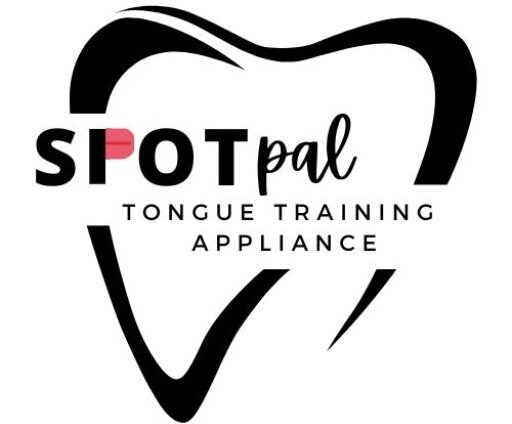Possible Myofunctional Team Members
Who may be a part of your myofunctional care team? We have discussed what myofunctional therapy is and you may be wondering, who can I see? Possible providers can include: dentists, orthodontists, oral surgeons, release providers, myofunctional therapists, speech language pathologists, and bodywork professionals.
A release provider is the professional trained to perform a frenectomy on a tethered oral tissue such as a tongue tie or lip tie. In relation to myofunctional therapy, they assess the candidacy for any releases of restrictions within the oral cavity and may refer to a myofunctional therapist to conduct therapy before any possible releases. An orthodontist diagnoses, prevents, and treats potential teeth or jaw irregularities. While we may associate going to the orthodontist when we see these irregularities, orthodontists actually want children to come in earlier to form a plan of action to address and treat structural abnormalities.
Often, a dentist will refer to the orthodontist when they recognize abnormalities in the bone placement or architecture of the teeth. Pediatric dentists, who complete an additional two year residency program to specialize in this, are concerned in monitoring placement of anatomic structures, not the straightness of teeth. Dentists can also specialize in the airway, where they monitor the structure of the airway as it can impact open mouth posture, sleep, mandibular placement, and sucking patterns. Dental hygienists can also work alongside dentists and specialize in myofunctional therapists.
Speech language pathologists can work alongside any of these team members to monitor and refer for any structural abnormalities, conduct myofunctional therapy, monitor and treat feeding difficulties, and treat any speech sound disorders. Speech language pathologists understand the function of these structures which will guide treatment of the mechanics of the swallow. A multidisciplinary team approach is always beneficial because while many topics overlap, each professional has a different lens that offers additional insight into treatment.
It should be noted, while Spot Pal can be used during the course of speech therapy or myofunctional therapy intervention, you can use Spot Pal without this treatment, at any age! In fact, Spot Pal can be provided directly to you, the consumer. When you purchase a Spot Pal, you also obtain module videos that guide you through tongue strengthening exercises and recommendations for daily use. These exercises and recommendations can help with proper oral resting posture (which focuses on tongue and lip placement), nasal breathing, sucking/nail biting habits, teeth grinding/clenching, snoring, tongue thrusting, speech sounds, and TMJ. There are ways to customize your Spot Pal based on any specific goals you may have. For example, if your child is in the process of losing his or her front teeth, a Spot Pal Jr. can accommodate growing teeth. If you recently finished orthodontic work or need to generalize tongue posture during sleep to support TMJ issues, a Spot Pal Retention may be a good fit. Should any questions arise at any point, a Spot Pal team member will happily be available to answer any and all questions!
